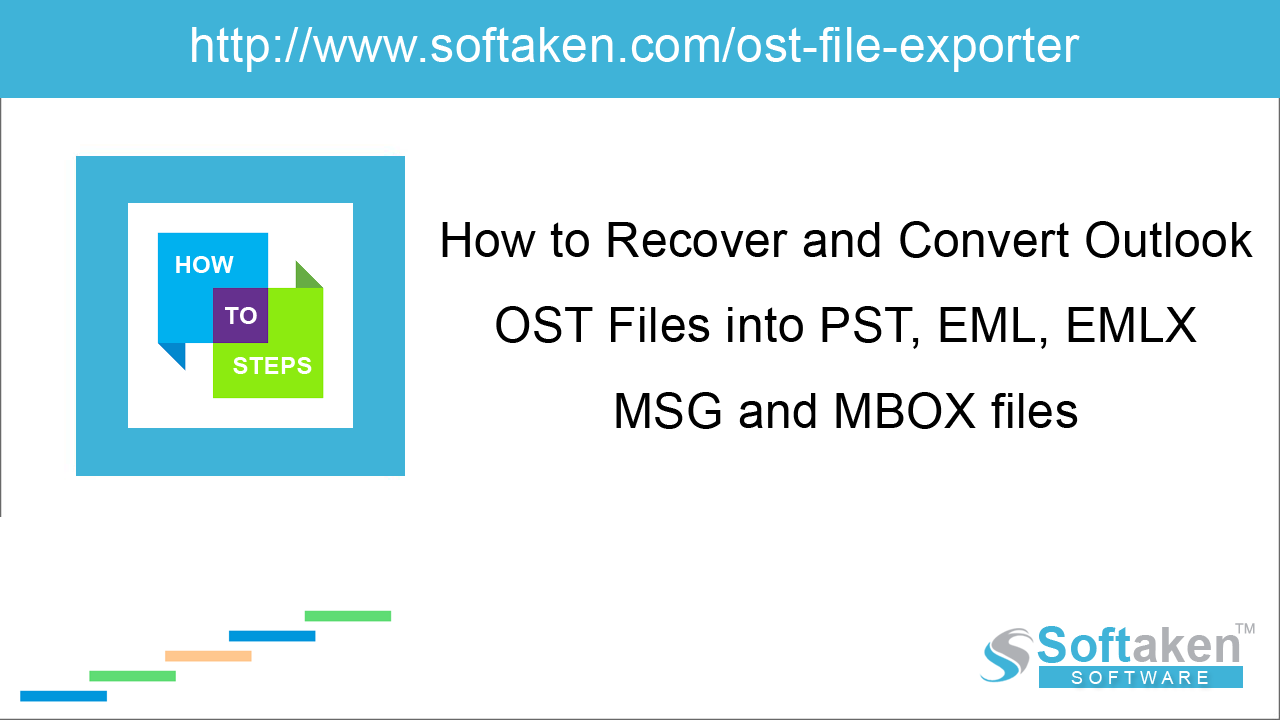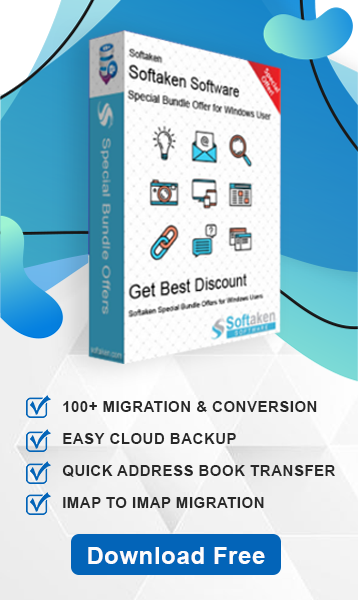Reasons to Ignore Manual Method to Convert OST to PST

MS Outlook is an email service provider used worldwide by users. OST and PST are both file formats used by MS Outlook. With OST files, users can work in offline mode. Often users face several issues where OST to PST
conversion becomes necessary.
When Outlook is connected to Exchange Server, the user can easily recreate OST file without any problem. This is not possible when Exchange is down. Then, you need to convert OST file to PST file format. Manual
conversion of OST files to PST has various limitations. Let us know each of them –
- Cannot recover Exchange mailbox from orphaned OST file – When Exchange crashes, it leads mailbox inaccessibility and unfortunately, there is no manual method to convert OST files to PST format. Only Exchange connected OST files can be converted to PST format with manual methods.
- Cannot convert corrupt OST files – Outlook email client can't corrupt OST files. When Exchange is down, it is unable to recreate OST files to replace the damages. In such situations, manual OST to PST conversion becomes impossible.
- Time- consuming – Various Outlook editions have different locations for storage of OST files. Manually, it is not possible to locate them. The method to retrieve OST files or to convert them to PST may slightly differ in different versions. However, this is a time-consuming process.
- Technical expertise needed – Manual OST to PST Conversion needs technical expertise. Only experienced or technical experts can operate the steps.
- Same Exchange account is needed – One cannot access OST file with a different Exchange account. It can be accessed only with the Exchange account in which it was created.
Alternate solution for manual OST to PST conversion
Analyzing the difficulties involved while using manual methods for OST to PST conversion, it is better to use third-party tool. Softaken OST to PST Converter is one such tool that quickly converts OST file to PST file format. And this tool is very popular with end-users and Exchange administrators.
